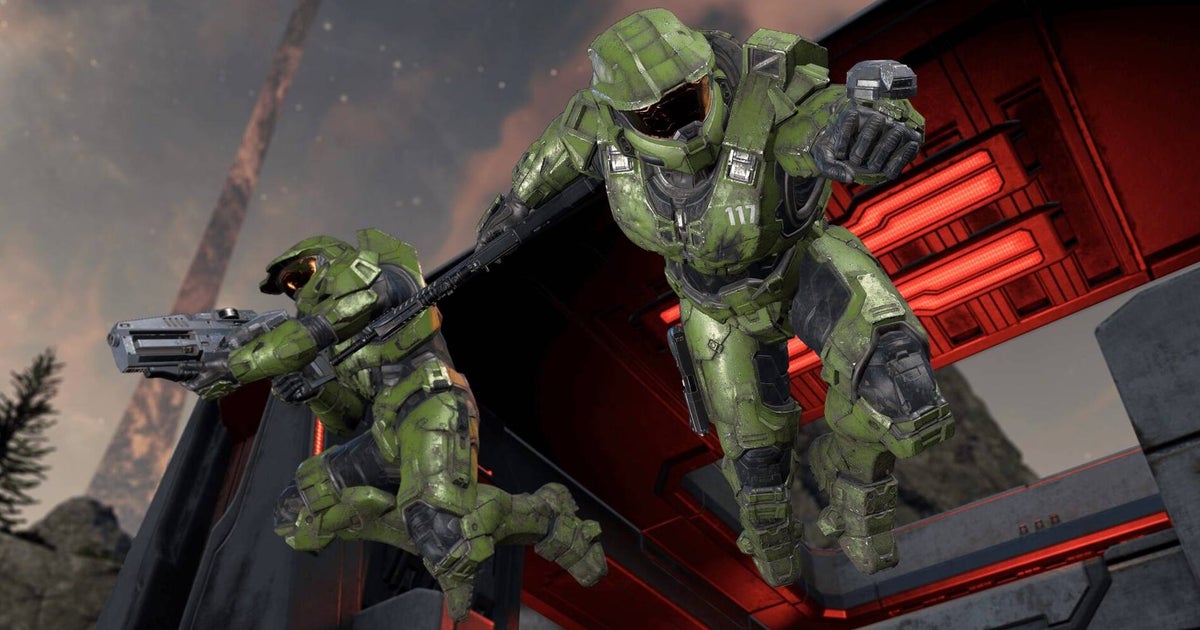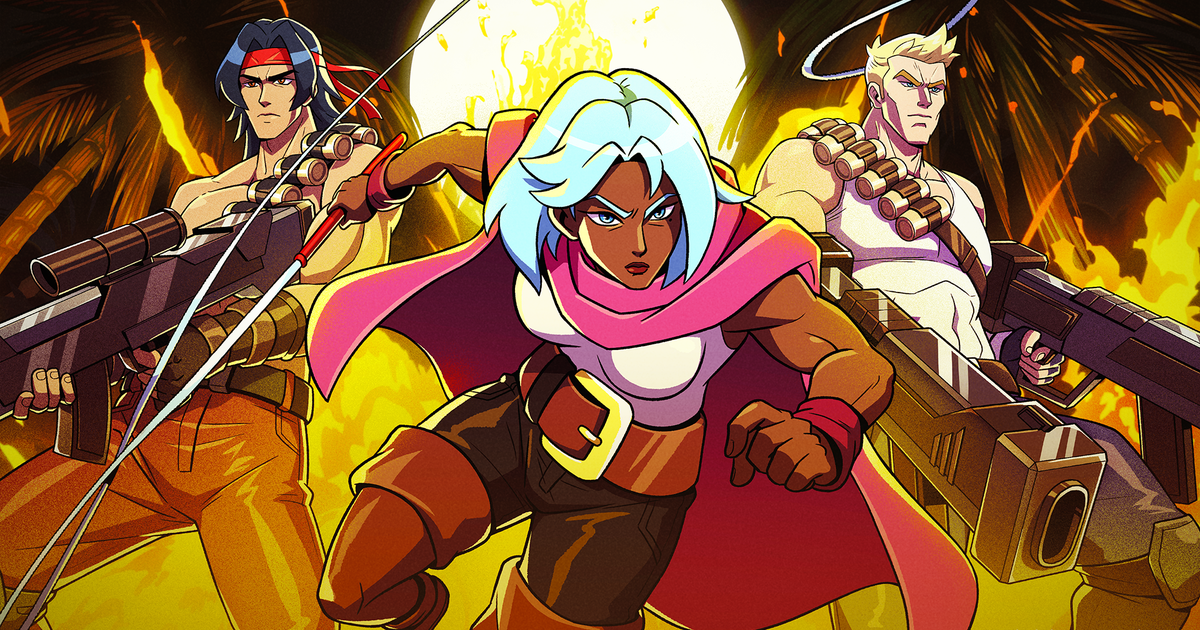It was always going to be a tall order for Suicide Squad: Kill the Justice League to emerge from the shadow of the mighty Arkham series. From an architectural perspective the game has moved from Unreal Engine 3 to 4, while from an art and style perspective think more multi-coloured Marvel comics than a dark DC tome. From the bright sunshine across Metropolis and vibrant greens, reds and purples, each character and enemy stand in stark contrast to the subtle and muted tones of Rocksteady’s prior games. The same wide-open city is available to you early on, and each of the 4 playable characters have their own unique and fast means of travel. However, this presents one of our biggest issues when it comes to performance.
Available only on current generation consoles and PC, the game comes with a single performance mode on all platforms, aside from separate settings for motion blur, FoV, and other post effects. Thankfully that one mode targets 60fps on all platforms, but the level of success on that front largely depends on the console and area of play, while PC is an entirely different story. Starting with the Series S, performance is good in the earlier, limited sections, with a close-enough 60fps readout as you play, but the game struggles with streaming, decompression, and general memory management once you get into the open city and moving fast with any character. This gives us some low 50s at points and even some 50+ms spikes at times, which cause minor but noticeable pauses. The shift from gameplay to realtime cinematics and back is as seamless as the Arkham games, and generally these run very well at that 60fps target.
The Series X and PS5 are similar but not perfect, again holding a close lock on 60fps but both can still drop frames and stutter into the low 50s. Of the two, Series X is slightly worse, with it having more streaming stutter and hiccups over the PS5. That said, the PS5 can still drop frames, but it tends to hold a higher, albeit largely invisible, level of performance of approximately 10% in like for like sections. Anyone with a variable refresh rate screen will benefit when these areas arise on all formats but the long stutters will still be noticed.
Console Performance
Visually the Series X and PS5 are a close match to the PC version running at the maximum High settings, though with shadows and LoD down a rung and without the ray-traced reflections that PC offers. Both output a full 4K target, but the actual geometry maxes out at a counted 1800p level on both with a low of 2240x1260p, highlighting that DRS is enabled here. The choice between TAA or DLSS is only available on PC, pointing to the fact that PS5 and Series X are likely using TAA also. This does present a far cleaner and sharper image than the Series S, although the huge hike in pixel counts and texture quality is a big reason for that. They both suffer from dithering artefacts and ghosting in the TAA which is why I am inclined to think that they use TAA and DRS. While the Series S relies on a fixed 900p base (from all counts) using FSR1 back to 1080p.
Textures on the Series S are of a lower quality than both bigger consoles, level of detail is paired back significantly in medium to long views, as is the shadow map cascade and resolution. Screen space reflections are also disabled, which removes dynamic reflections and means less light bounce with darker shade to most surfaces along with reduced volumetrics. Overall, the Series S looks closer to a mix of Low and Medium settings when compared to PC. And comparing it to Series X and PS5 it does suffer, with a big degradation in image quality and slightly worse performance. Series X does run with a higher resolution on average – in one long shot across the city, for example, it was a flat 1440p on PS5 and 1620p on Series X. This is more an academic difference than something you would actually notice, but shows that the wider GPU of the Series X is being used to push more pixels.
PC Performance
PC is not such a positive tale of performance, with options that enable a limited level of tweaking. Ray-traced reflections are a welcome but minor boost over consoles, however they are broken on my AMD RX 6800 machine. DLSS will remain the default choice for Nvidia players and the best balance of performance versus image quality. On AMD or Steam Deck you have the choice of TAA or AMD’s FSR1, which means the lower the base resolution the worse the image quality will become. With my RX 6800 and Zen 2 5600x at 4K TAA DRS High settings to match consoles, we see a game that can hold a decent level of 60fps in those smaller battles and is often a full 4K.
With Ray Traced reflections on, the increased BVH management, traversal and data impacts CPU and bandwidth. On this machine, and likely even more powerful ones, it causes horrible performance. As such, I simply cannot recommend ray tracing at all. With mid-30s and large 150+ms spikes when travelling and fighting through the city, and due to the engine trying to improve performance, heavier resolution drops do happen, just as we see on the console version. The GPU utilisation can drop very low and in general any recommendations are moot as the game’s performance appears to be more impacted by the code than the hardware, aside from disabling ray tracing, which helps the worst cases seen here.
A Work in Progress
The lighting artists did an exceptional job here in fill, point and coloured lights. Many sections use distinct hues and shadows to emphasise mood, atmosphere, or the excellent models. Even though they are a step up over Arkham and Gotham Knights, much of this comes down to material quality across all surface types, from the white dull matte paint of Harley Quinn’s face to the sub surface diffuse of Shark’s flesh. The animators also deserve huge praise, with the mixture of performance capture and key framed animation being a highlight. The exaggerated expressions, winks, and teeth gnashing of each character portrays great emotion throughout. Eyes are incredible, with rapid movement, blink, and rolling adding a great deal of realism without crossing into the uncanny valley. The cutscenes shine the most and are the highlight of the game’s visuals.
Sadly, the in-game action falls from these heights, almost as if they were managed by different teams. Compared to Arkham Knight, it does not make any big or even small leaps. The city has less activity, fewer NPCs, and worse art direction – the extensive use of purples and oranges in some sections is drab, and with the overly busy UI feels at odds with some of the more story-focused sections. Add in repetitive and samey enemies and missions that entail travelling around a city with little charm, and the game loses much of the identity that Arkham City and Knight had. Even the water is not as good. Animation cycles and blends are a mix of re-use and awkwardness, such as Harley’s gangly run and swing or Shark’s jump and strike attacks. I found little in the gameplay art or style that impressed me throughout play.
Summary
Killing the Justice League is in the title, but killing the best Batman trilogy in games is something else entirely. The game has some excellent models and humorous moments and cutscenes, but in the roughly nine years since the last Arkham game, it still hangs on to the same core engine and coattails of that great trilogy. Suicide Squad offers little new or impressive elements from a visual, audio, or even gameplay perspective. Performance is good but not great, with classic data streaming stutter, which impacts the PC version the most and is why console versions are recommended over that. Ironically, Gotham Knights also fell short of the Arkham series, but in hindsight it did many things better than this latest entry from Rocksteady.





